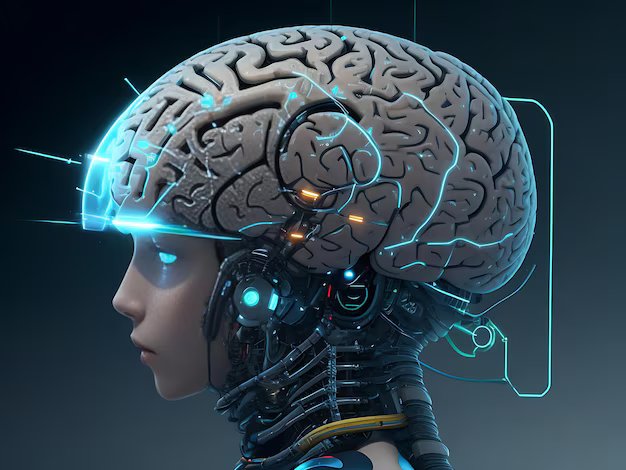Alpha activity in electroencephalography (EEG) recordings exhibits distinguishing features that differentiate it from other brainwave patterns.
1. Location:
o Alpha activity is
typically prominent over the posterior head regions, especially the occipital
lobes, in a state of relaxed wakefulness with the eyes closed.
o It is commonly
observed in EEG electrodes placed over the occipital and posterior regions of
the brain.
2. Frequency Range:
o The alpha rhythm
has a frequency range of 8 to 13 Hz in adults, although variations can occur
based on individual characteristics and states of arousal.
3. Behavior:
o Alpha activity
tends to attenuate or disappear with drowsiness, concentration, visual
fixation, or cognitive tasks.
o It may reappear
or increase in amplitude during states of relaxed wakefulness with the eyes
closed.
4. Reactivity:
o The alpha rhythm
is reactive to changes in visual input, such as visual fixation. It may
attenuate or be blocked by visual stimuli and cognitive tasks.
o Abrupt loss of
alpha rhythm due to visual or cognitive activity is termed
"blocking."
5. Duration:
oAlpha bursts
during normal non-rapid eye movement (NREM) sleep are shorter in duration
compared to sustained alpha activity observed in other states.
o Prolonged alpha
bursts in REM and NREM sleep stages may indicate microarousals and sleep
fragmentation.
6. Co-occurring
Patterns:
o Alpha activity is
often accompanied by other EEG signs of wakefulness, such as eye blink artifact
and muscle artifact.
o Mu rhythm, wicket
rhythm, generalized and frontal-central beta activity, rhythmic midtemporal
theta (RMT) activity, and lambda waves may co-occur with alpha activity
depending on the individual's level of alertness.
7. Clinical
Significance:
o Changes in alpha
activity can provide insights into the individual's cognitive state, attention
levels, and responses to external stimuli.
o Abnormalities in
alpha rhythm, such as persistent slowing or asymmetries, may indicate
underlying neurological conditions or cerebral dysfunction.
Understanding the
distinguishing features of alpha activity in EEG recordings is essential for
interpreting brainwave patterns, assessing cognitive states, and monitoring
changes in neural oscillations related to attention, relaxation, and visual
processing.


Comments
Post a Comment